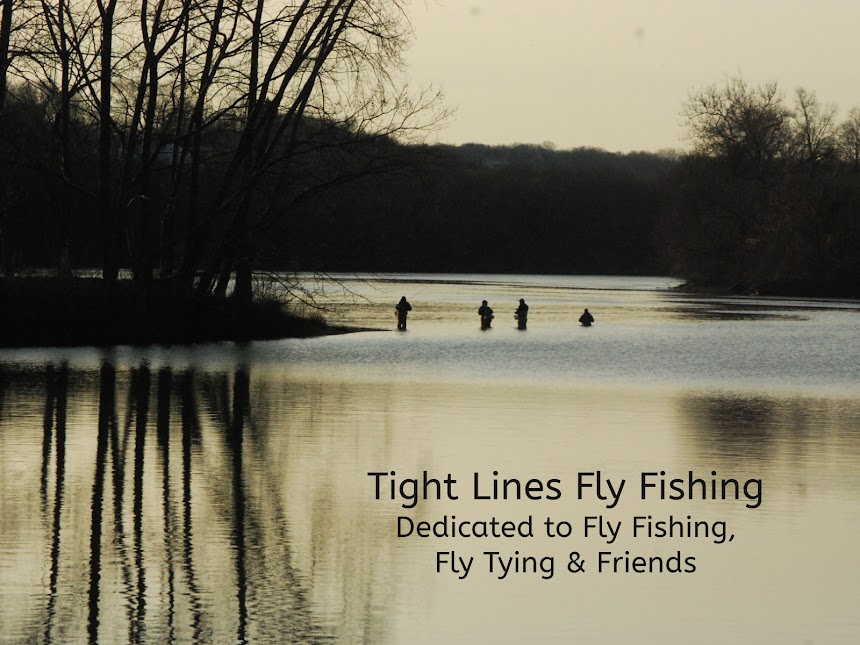Carrot Soft Hackle Nymph
Hook: Size #12-#14 2X long
nymph or wet fly hook.
Thread: 6/0 Uni-Thread in
Black or Orange.
Tail: Black Hen Hackle Fibers.
Body: Orange Silk or Floss.
Thorax: Small Black Chenille.
Hackle: Brown or Black Hen Hackle.
I love fishing soft hackles and I love fishing flies with Orange features. It’s a ‘classic’ wet fly that I’ve found particularly effective during sulphur and caddis hatches. I’ll usually pair it with another wet fly and fish it in tandem.
To tie this fly start your thread behind the eye and lay a thread base to the bend of the hook. Cut off the tag end of your thread. Next, tie in your tail of Black Hen Feather fibers. Use 10-12 fibers and tie them in so that they extend beyond the hook bend a ‘hook gap’ in length. Wrap your thread forward over the tail butts to create a tapered uniform body.
Now tie in your Orange Floss. Tie it in at the front of the body and wrap down to the bend. Bring your thread back up the shank and leave it approximately 2 ‘eye’ lengths behind the eye. Wrap and form the body with floss and tie it off with the black thread. You should have created a nice, tapered body.
Next, for your thorax, tie in a length of Small Black Chenille. Take 2 wraps of the Chenille around the hook shank and tie it off. Cut off the butt end of the Chenille.
Prepare a Black Hen Hackle to represent the legs of the
fly. Strip the bottom feather fibers
from the feather. Tie the feather in,
concave side facing down towards the hook. Take some tight securing wraps. Take 2 wraps around the hook shank while preening
the feather fibers rearward. Tie the feather off and clip off the excess hackle. Take additional securing wraps while stroking
the hackle fibers rearward. Create a nice,
tapered fly head. Whip finish the head
and apply some head cement.
Savage Flies has a great video on how the tie the Carrot Nymph below:
If you have any questions about this fly or would like to
submit a Fly of The Month I can be reached at pdinice@frontier.com .







